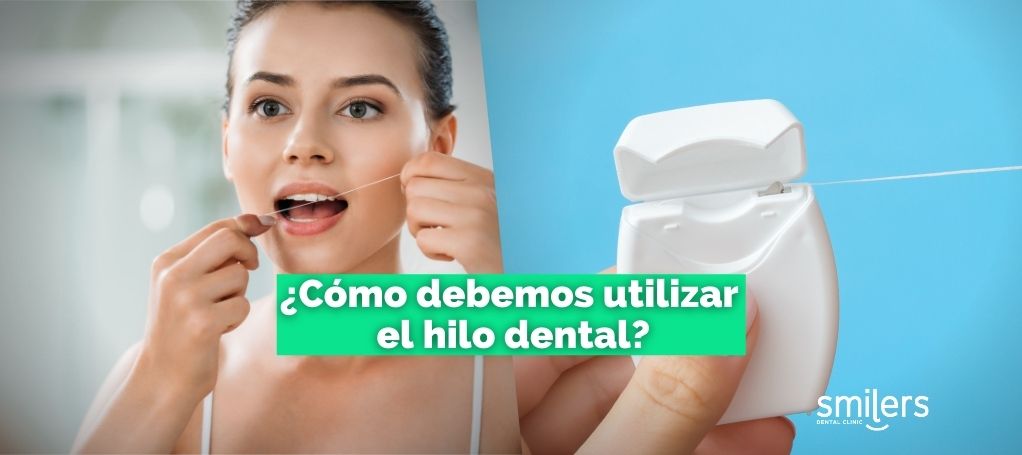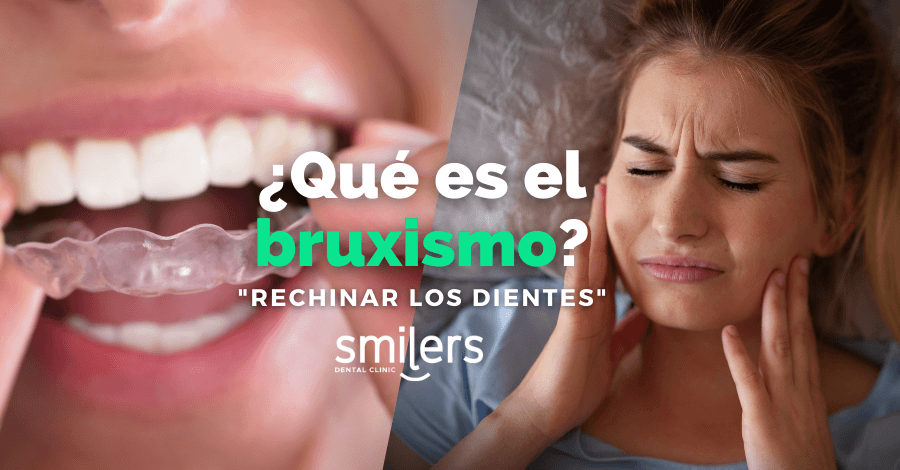Flossing is one of two things we can do every day to prevent dental disease. The other, of course, is daily brushing of our teeth.
Dental hygiene is the main technique for the prevention of oral diseases. Despite the importance of this daily process, the reality is that a large percentage of the population does not practice an optimal hygiene routine.
Throughout this article we will talk about dental floss, one of the indispensable elements that cannot be missing in our daily routine dedicated to dental hygiene.
What is dental floss for?
The function of dental floss is to remove food debris and plaque from the spaces between the teeth, an area that is difficult for the toothbrush to reach.
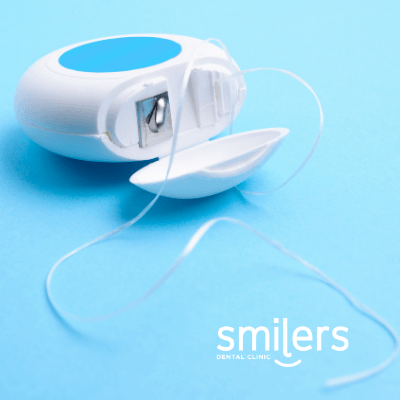
Thanks to this process we can achieve an optimal oral cleaning and drastically reduce the chances of suffering from a wide variety of dental diseases such as:
- Caries
- Gingivitis
- Bad breath
To mention just a few examples of preventable dental conditions.
How should we use dental floss?
Flossing is a simple process and will not cause any difficulty. The following is a step-by-step explanation of the process:
- First, cut a piece of yarn approximately 40 cm in size.
- From each end, we will make several turns on the central finger of each hand, in order to get a good grip.
- The next step we must perform for the use of dental floss is to keep turning the middle finger of one of the hands, in this way we will be able to release on one side and pick up on the other.
Now it is time to floss, using both thumbs and forefingers of both hands.
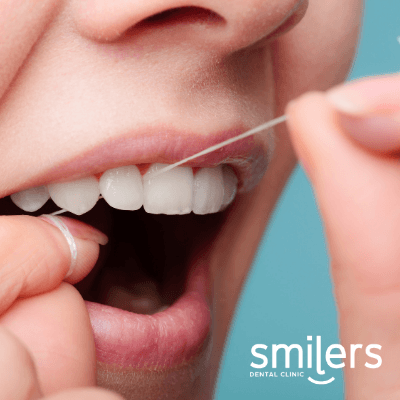 The placement of the hands shall be as follows;
The placement of the hands shall be as follows;
- At the top we will hold the thread from the index finger of one hand to the thumb of the other, with the particularity that the index finger must point to the inside of the mouth.
- Next, gently insert the floss, and it is important that the pressure you exert is lateral, that is, against the tooth itself and never against the gum.
- The latter may cause inflammation and bleeding of the gingival tissue.
Flossing will not end until the lateral surface of all teeth has been cleaned, so it will take a few minutes to achieve the desired goal.
What is the best time of day for flossing?
Although we are talking about a process that can be done at any time, it is preferable to floss at night and just before going to sleep.
One of the reasons for choosing this schedule is that we are supposed to have more time to dedicate to our oral hygiene, however the main reason for this measure is that while we sleep we produce less saliva, so if we go to sleep with food debris or bacterial plaque, the chances of tooth decay increase.
Let us remember that saliva is one of the great allies in preventing the vast majority of dental diseases.
Are there alternatives to dental floss?
Yes, nowadays we have a number of tools that are designed to clean interdental spaces.
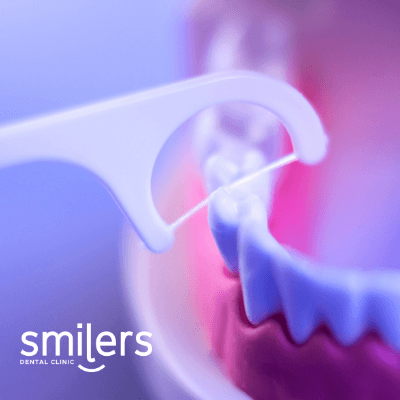
In addition to dental floss, interdental brushes should be mentioned as another alternative available to us, being a brush specifically designed for cleaning the sides of the teeth.
This type of toothbrush is recommended for people with large interdental spaces, such as patients who have lost teeth.
Another option that will be very useful for cleaning the spaces between teeth is the oral irrigator, a tool that uses water pressure to remove food debris and plaque that adheres in the mouth, mainly in the spaces between teeth.

In short, we can say that dental floss has become one of the most effective and necessary elements for optimal dental cleaning.
This post is purely informational and does not replace a consultation with the dentist in any way. Contact the smile agents team to schedule an appointment with one of the dentists at Smilers Dental Clinic.

